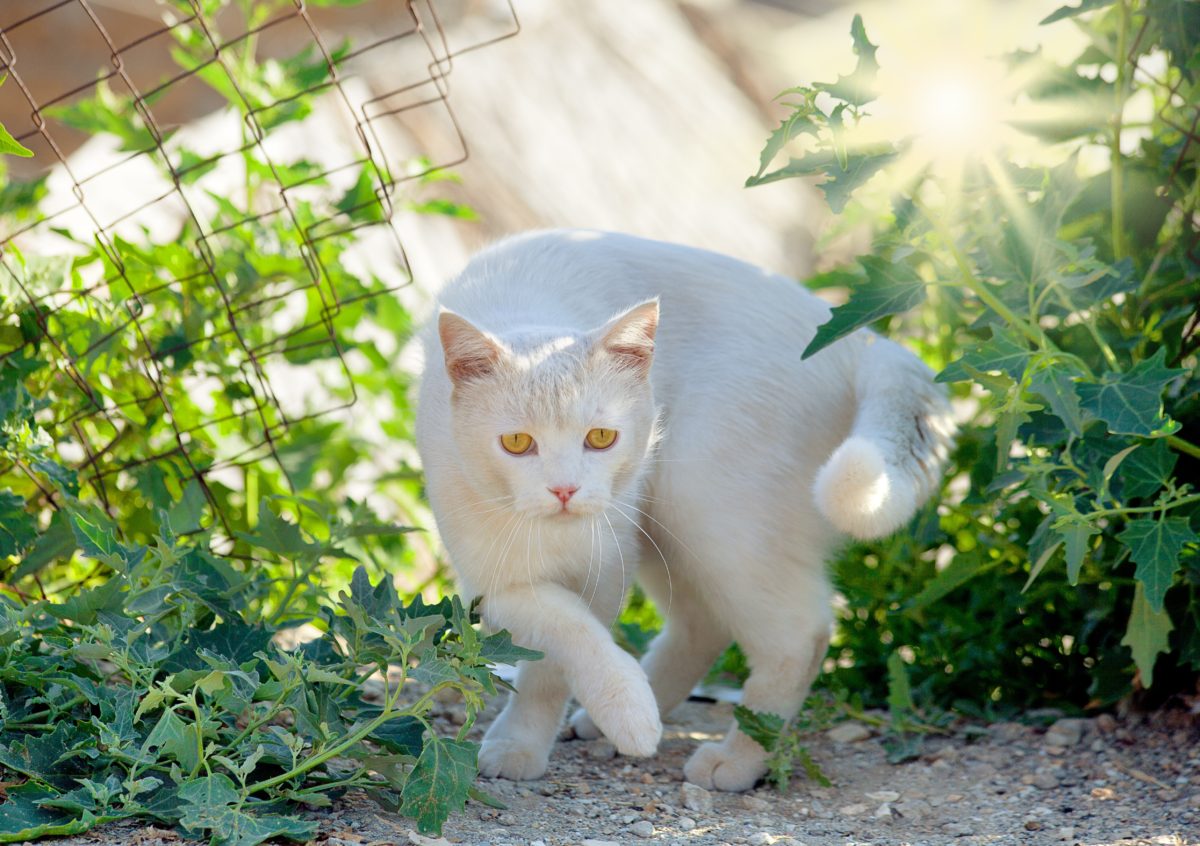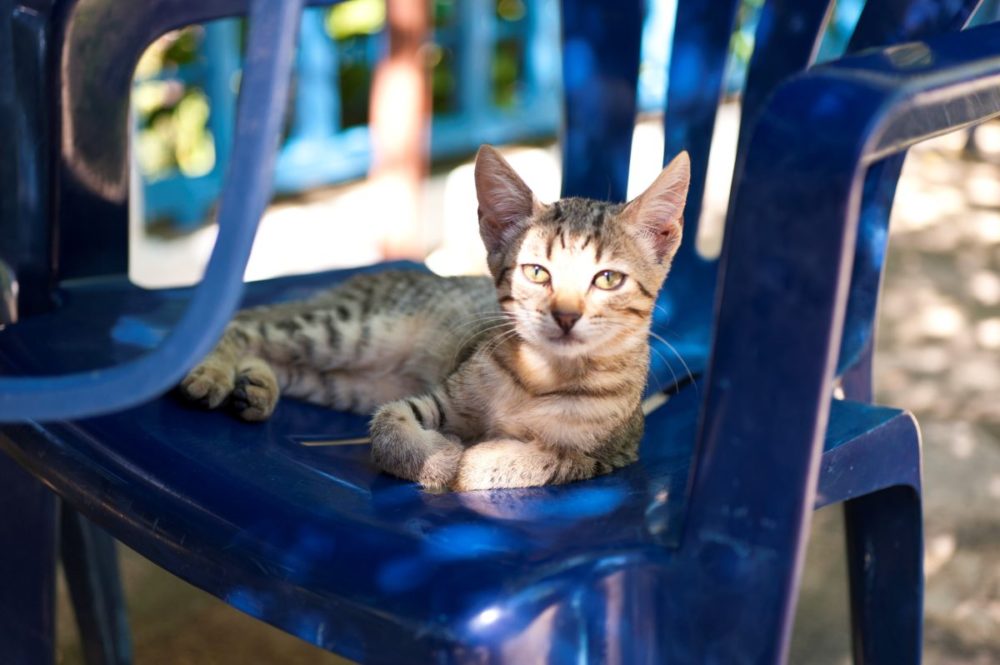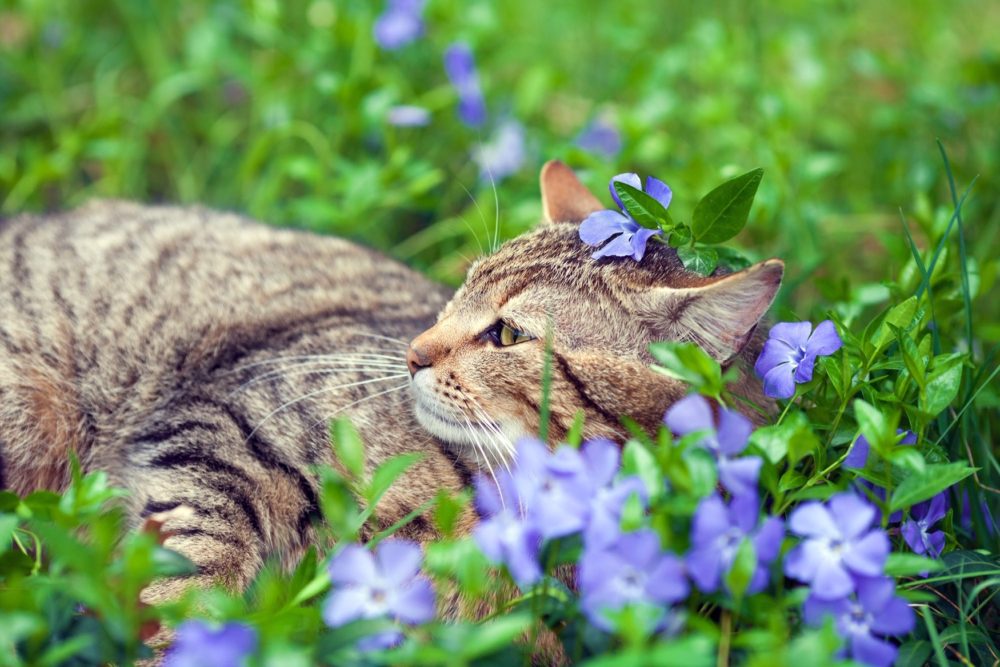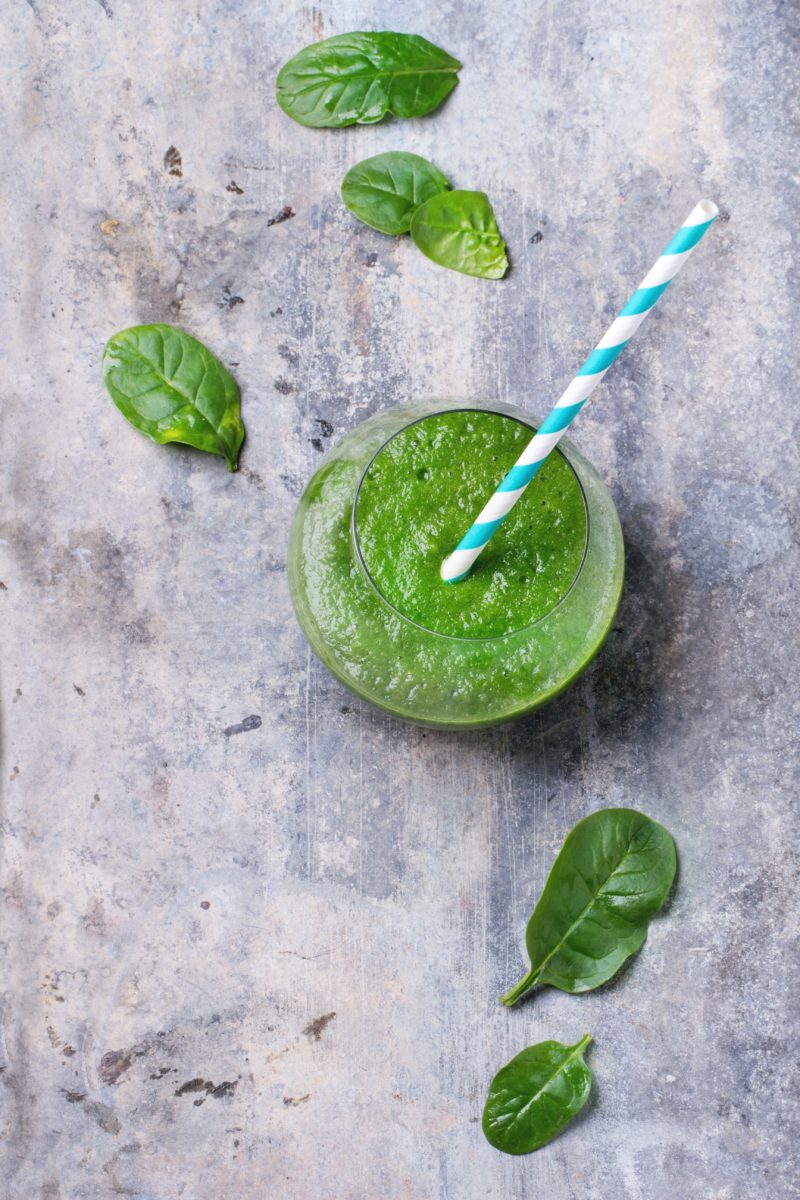
Cat Smoothies and Juices – with smoothie recipes for your cat
Cat Smoothies and Juices
During this latest heat wave the family, including the cats, were all off their food – just too hot to eat! Therefore while I ensured the kids were still receiving their daily nutrition via fruit smoothies it got me thinking – could I make smoothies for the cats? Both our cats adore the little packs of Fun Sauces that are available therefore the same texture and flavours with extra nutritional value surely could only be a hit? Indeed, it was! So here’s a guide to what can be included in cat smoothies and what to avoid.
Can cats eat vegetables?
Cats are predominantly carnivores, their system don’t acquire as much energy from vegetables as it does from protein. Wild cats hunt and eat their prey – this includes the organs, intestines and the content’s of their prey’s stomach and intestines. This means cats can process some fibre. Fibre can help reduce symptoms of constipation and diarrhea – soluble fibre absorbs moisture to ease diarrhea and insoluble fibre can help move matter move through the intestines and ease symptoms of constipation.
The following vegetables are safe for cats:
- asparagus
- broccoli
- green beans
- wheatgrass
- carrots
- celery
- cucumbers
- leafy greens
- lettuce
The following vegetables are NOT safe for cats:
- onion
- garlic
- tomatoes
- mushrooms
- spinach
- swiss chard
- avocado
Can cats eat fruit?
Cats, generally, do not like fruit as they do not have sweet receptors for the taste of sweetness. Of course, there will always be the odd kitty here and there who defies the general rule. High sugar will also run the risk of feline diabetes.
The following fruit are safe for cats:
- blueberries
- watermelon
- peaches
- strawberries
The following fruit are NOT safe for cats:
- grapes
- raisins
- cherries
- fruit with seeds can be highly toxic as the seeds contain cyanogenic glycoside which is very harmful to cats
How much smoothie / juice should I give my cat?
Too much carbohydrate is not advised; as a cats system cannot break down the carbohydrate efficiently into energy, therefore only give very little juice to begin with. Initially, try a teaspoon to see if they like it and to ensure they have no side effects. A balanced diet for a cat consists of 55% meat & legumes, 25% fruit & vegetables and 20% cooked grains. Treats should be limited to no more than 10 percent of their total calories.
Are smoothies and juices nutritious to cats?
As long as the toxic fruit and vegetables are avoided, the nutritional value that fresh fruit and vegetables contain will be beneficial to your cat. They are certainly not intended to substitute their carnivorous diet, but merely to supplement it. They can benefit from the fibre that’s extracted from whole fruit and vegetables by pouring a little over their dry food or mixing it with their existing food or simply giving them a few spoonfuls’ in a bowl to lick as a treat.
How should I give the smoothie to my cat?
Try the following and let your cat determine their preferred method:
- let your cat lick the smoothie from a spoon,
- serve in their very own little smoothie bowl or saucer,
- pour a little over their favourite wet food
- try mixing into the cat food
- pour over ice cubes or crushed ice for a refreshing treat on a hot day
Introducing new foods to your cats
With any new foods, always introduce gradually into your cats diet, small quantities and only one new food at a time. That way, if your pet does have an upset stomach or an adverse reaction it will be easier to identify the problem.
Symptoms of food allergy in cats could include:
- sickness
- diarrhea
- skin problems such as frequent scratching, loss of hair, red or inflamed skin
- coughing and sneezing
- wheezing
If you have any concerns regarding your cats health ALWAYS seek the advice of your veterinary.
Do’s and Don’ts for making smoothies for your cat
- Stay away from fruit – stick to low sugar vegetables.
- Introduce new foods slowly and in small quantities – a teaspoonful initially.
- Not all foods are safe for pets, some are potentially toxic – check first!
- Don’t overdo it – Treats should not make more than 10% of your cats diet.
- Greens are great for cats – grasses, green beans, asparagus and broccoli are a few great examples.
Smoothie and juicing recipes for cats
Here are a couple of smoothie recipes suitable for your cats, you can have fun experimenting to meet your own cats tastes and preferences and see which are the favourites.
Here’s one just for kitty, a fishy delight:
1 cupful of Grass e.g. wheatgrass
2 tablespoons of olive oil
1 cupful of water
2 capsules of fish oil
Blend all the ingredients together.
This one is perfect for a hot day:
Blend half a pouch of cat food with crushed ice for a lovely cooling meal.
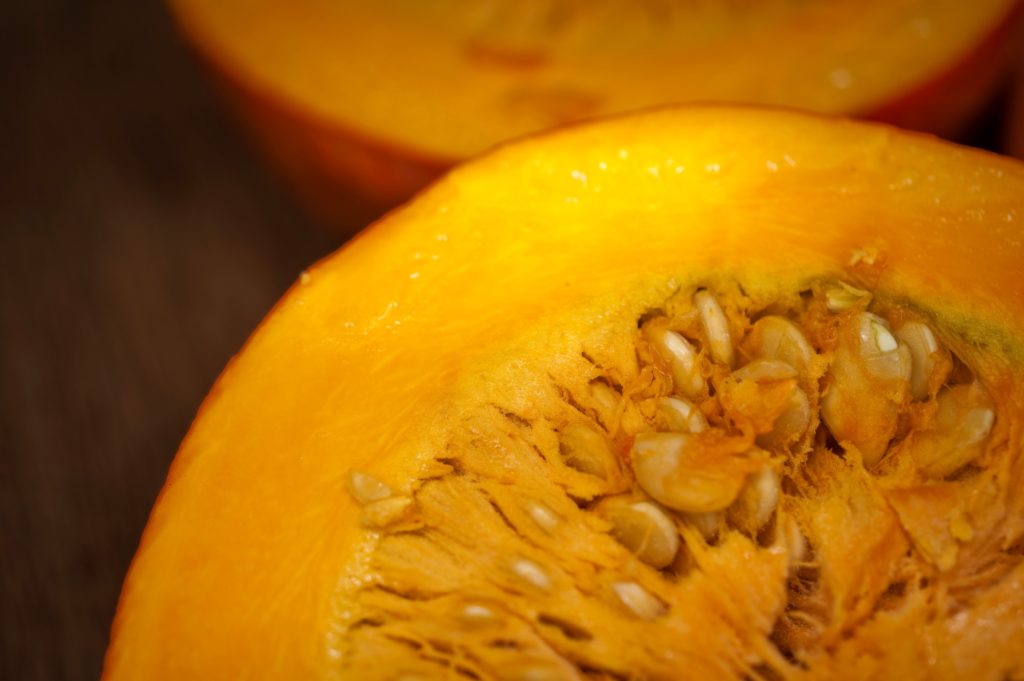 A Halloween / Thanksgiving smoothie surprise
A Halloween / Thanksgiving smoothie surprise
Half a cup of pumpkin puree
Half a cup of yogurt
Blend and divide into portions – this one is perfect to freeze in portions.
‘Sharing is caring’ smoothie
What could be more perfect than a smoothie that is suitable for you and your cat – you both get a good start to the day! Although many cats are lactose intolerant, yogurt contains live bacteria which is easier to digest therefore cats can have a little yogurt.
Non dairy milk e.g. hemp milk 1.5 cupful
Sun warrior berry protein 1 heaped scoop
Sun warrior super greens 1 heaped scoop
Blueberries 1 handful
Greens (cat friendly choices) 1 handful
Hemp seed 1 scoop
Blend all the ingredients together; 3 tablespoons should be the maximum for your cat while you can enjoy the rest.
